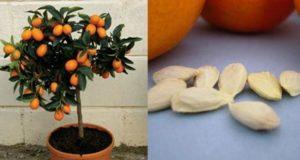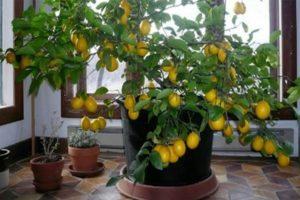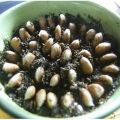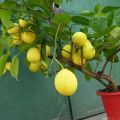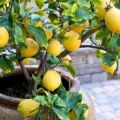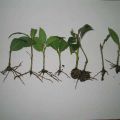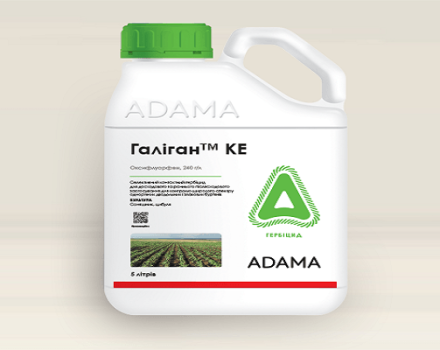Why lemon leaves can curl and what to do
Improper care, exposure to pests or the appearance of diseases lead to the fact that the leaves of the homemade lemon curl. Over time, they begin to fall off, the plant loses its decorative qualities and may even die. To prevent this, it is necessary to find out the cause in time and take the necessary measures for treatment.
Why do lemon leaves curl?
Indoor lemon leaves can curl for several reasons. Some of them will not pose a serious danger and are easy to fix, while others require special attention and immediate response.
Improper care
If the foliage curls up or down in a boat, falls off and turns yellow, then this indicates that mistakes were made in the care. The plant can be negatively affected by rare and insufficient irrigation or excess moisture, lack of fresh air, lack of nutrients and other factors.
Improper watering
Improper irrigation not only leads to curling, but also to leaf fall on the lemon tree. Often this reaction occurs when using unsettled or very cold water. It is necessary to defend it for several days so that all the chlorine comes out. During this time, the liquid should be warmed up to room temperature.

When watering, it is advisable to add a couple of drops of vinegar to the water. With such a solution, they not only irrigate, but also spray the plant, especially in summer. Do not allow the soil to dry out, as well as stagnation of moisture in it. Lemon needs more watering in summer than in winter.
Humidification in summer and winter
In hot summer weather, daily spraying from a spray bottle will help prevent curling of the lemon leaves. If it is hot outside for a long time, and the temperature in the room exceeds the recommended norms, then spraying should be carried out a couple of times a day, otherwise, with intensive irrigation, the green mass will be dumped. Also, in hot weather, the tree should be watered from the shower 2 times a month.
In the cold season, central heating radiators strongly dry the air in the room, which negatively affects the growth and development of indoor flowers.
At this time, the lemon must be provided with high humidity. The ideal option would be to use a humidifier. If this is not possible, then the pot with the tree is placed away from the heating appliances, and a bowl of water is placed under it.
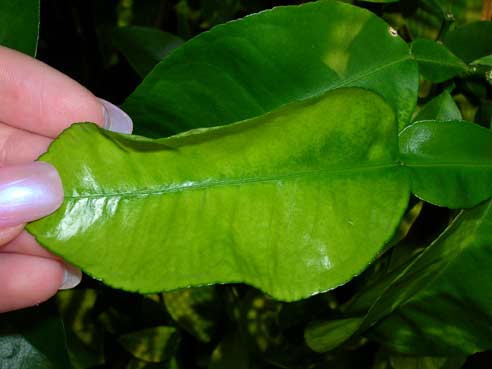
Lack of fresh air
Lack of fresh air also causes lemon leaves to curl and fall off.In hot summer weather, it is preferable to take the plant to the balcony or to the street, and in winter the room should be regularly ventilated. It should be borne in mind that drafts and sudden changes in temperature negatively affect the condition of the lemon tree. You should also avoid direct sunlight. You cannot put the plant near the door or balcony.
Insect parasites
Lemon leaves often curl and fall off due to pest infestation.

Spider mites
A spider mite tends to infect the lower part of a young plant, sucking out juices from it. You can determine the presence of a pest by the cobweb, under which the tick settles. At an early stage, the lemon can still be saved, the web has not yet completely entangled it, and only the tips of the leaves are wrapped. When the whole tree is affected, it begins to dry out.
Thrips and aphids
These pests not only cause curling of lemon leaves, but also lead to inhibition of its development. Insects settle on the underside of the leaf, suck the juice out of it, as a result of which the green mass withers. If you do not destroy aphids and thrips in a timely manner, then they will not only destroy the lemon, but also spread to other flowers.

Shield
With the negative impact of the scale insect, the leaves become sticky and shiny. The pest feeds on the juice of young twigs, therefore, under its influence, the leaves curl and wither. Untimely assistance provided to a lemon can lead to its death.
Lack of micronutrients necessary for full growth
Curled lemon leaves can signal a lack of trace elements. This could be:
- boron;
- copper;
- potassium;
- magnesium.
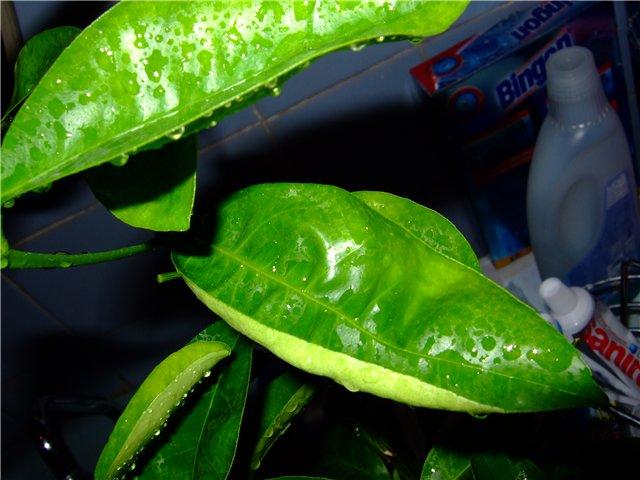
What exactly the lemon is missing can be recognized by the accompanying characteristics. If there is a calcium deficiency, then young shoots begin to dry out, but a lack of magnesium causes not only curling, but also pale foliage. The lack of copper manifests itself in an increase in the size of the sheet plates, their darkening, twisting of the tips. If copper is completely absent, then the leaves become noticeably smaller, discolored, and their tips curl.
Boron deficiency is manifested in the wilting of the green mass, twisting of the leaf plates inward, the appearance of transparent specks on them.
Timely feeding, which is carried out once every 1-2 months, helps to avoid the lack of important trace elements.
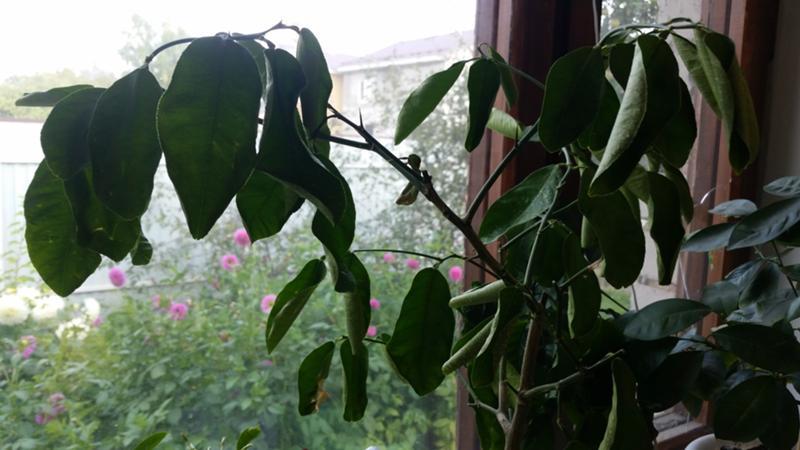
What if all the leaves of the lemon have fallen?
If the lemon tree has completely dropped the foliage, then the first step is to understand the reasons. It happens that the plant simply does not have enough moisture or nutrients. In winter, it should be placed away from the battery, fed, and transplanted if necessary. If rotten roots are found, they are removed, and the wounds are treated with charcoal.
Lemons are sensitive to changes in location, lack of light. When dropping foliage, they must be sprayed with "Epin" or "Zircon", create greenhouse conditions. Another reason for this behavior of the tree may be that the roots have become cold. This happens especially often in winter.
It is imperative to check if there are drafts and if the temperature in the room is outside the recommended range. Be sure to examine the lemon for pests and signs of disease. If none were found, and the growing conditions were comfortable, the plant did not move anywhere and did not turn, then soon it should grow green mass.
